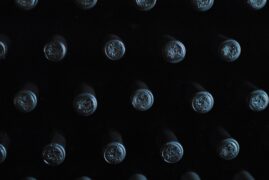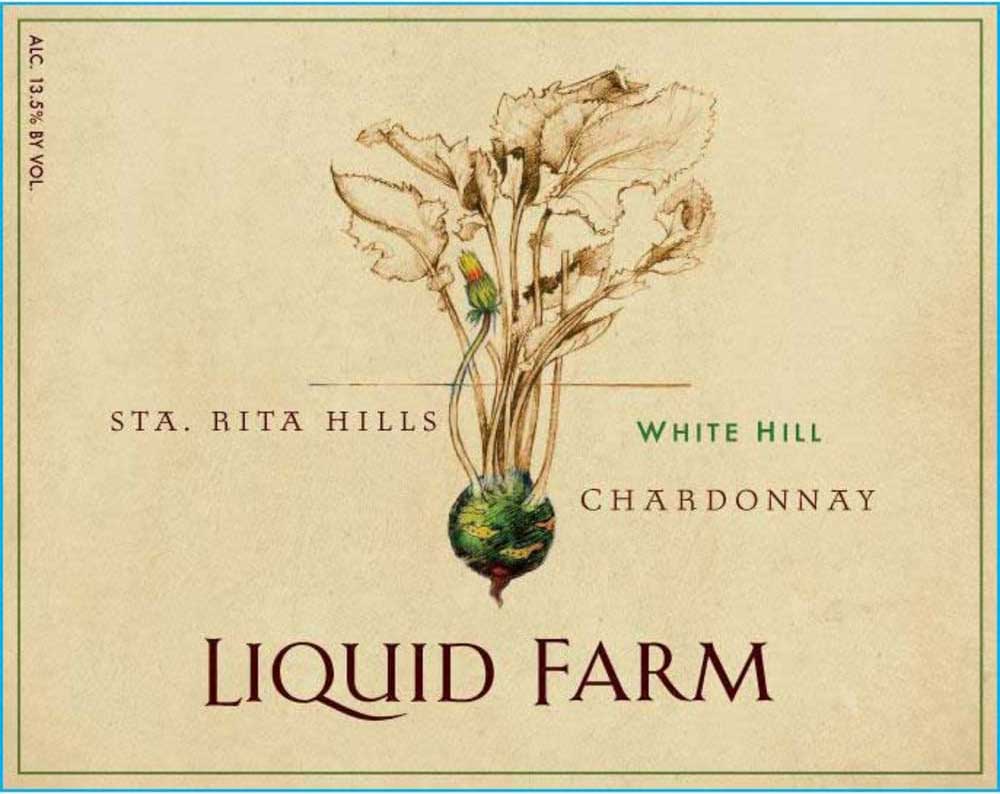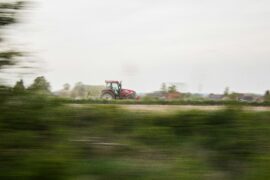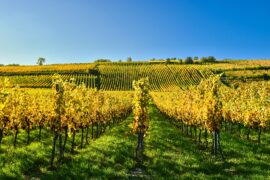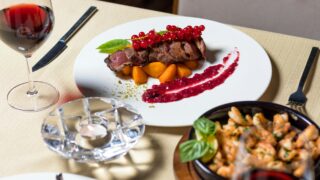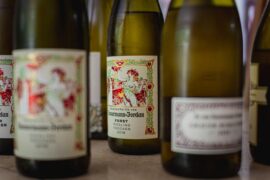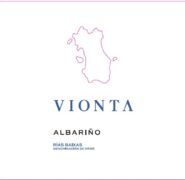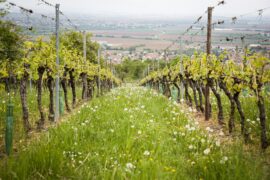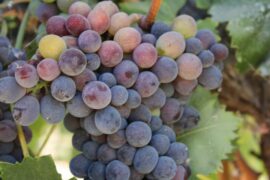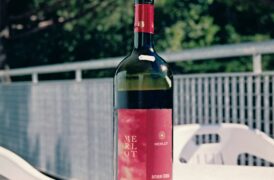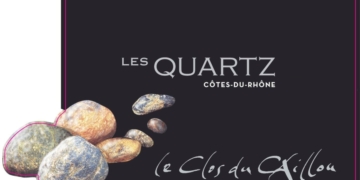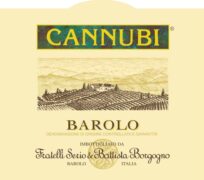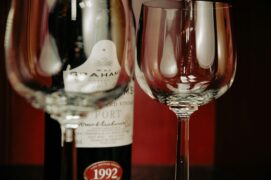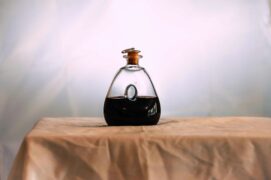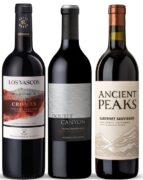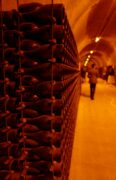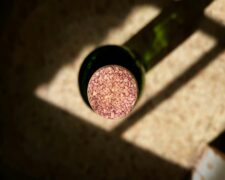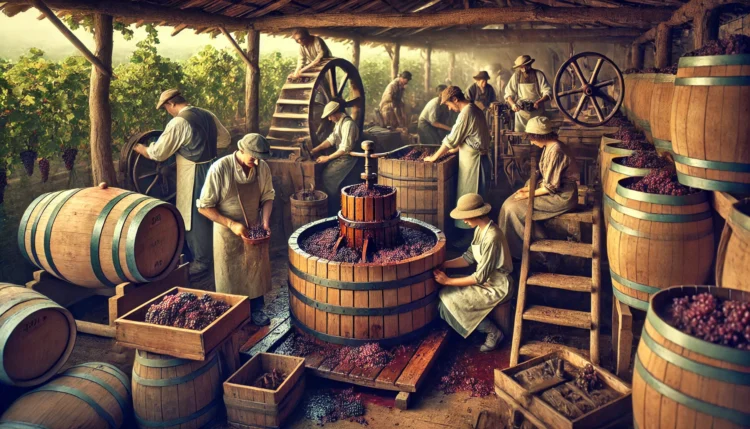Winemaking is a fascinating blend of art and science, relying heavily on chemistry to transform simple grapes into rich, flavorful wines. Before the advent of modern technology, winemaking in the 1950s and 1960s was a labor-intensive, traditional process. These methods, although lacking today’s sophisticated equipment, produced wines with unique characteristics using natural fermentation and manual techniques.
The Chemistry of Winemaking
At the heart of winemaking is fermentation, a natural chemical process where sugars in grapes are converted into alcohol by yeast. When yeast consumes the glucose and fructose in the grape juice, it produces ethanol (alcohol) and carbon dioxide. The speed of fermentation, alcohol content, and flavors all depend on factors such as temperature, acidity, and the type of yeast used.
The process begins as soon as the grapes are crushed, releasing their juice and combining it with the skins, where many of the flavors and colors are found. Tannins, organic compounds found in grape skins and seeds, provide wine with structure and astringency, playing a critical role in aging and taste. Acids, such as tartaric and malic acids, contribute to the wine’s freshness and help balance sweetness.
Traditional Winemaking Methods of the 1950s and 1960s
Before modern advancements, winemakers relied on simple tools and nature to create wine. Here’s a step-by-step overview of how wine was traditionally made in the 1950s and 1960s:
1. Harvesting by Hand: Grapes were picked by hand in the vineyard, ensuring only the best fruit made it into the wine. This hands-on approach allowed for careful selection of grapes, ensuring quality over quantity.
2. Grape Stomping: Once harvested, the grapes were traditionally stomped by foot in large wooden vats. This method, although slow, gently crushed the grapes and allowed the juice to mingle with the skins. The juice was then funneled into fermentation containers, often large wooden barrels.
3. Natural Fermentation: In those days, fermentation typically occurred without the aid of commercial yeast. Natural yeasts found on the grape skins or in the winery environment initiated the process. The temperature was controlled naturally, with winemakers relying on the cool cellars or basements to regulate fermentation.
4. Manual Pressing: After fermentation, the remaining grape solids were pressed to extract every last drop of juice. Hand-cranked presses were often used, with the wine then stored in oak barrels to age.
5. Bottling and Corking: The final step involved bottling the wine and sealing it with natural corks. Bottling was done by hand, often in small batches.
These traditional methods produced wines with distinct flavors and characteristics, reflecting the hands-on care and regional influences of the vineyard.
Winemaking in the 1950s and 1960s emphasized simplicity, patience, and a deep connection to the natural process, leaving us with a rich legacy of artisanal wine production.

